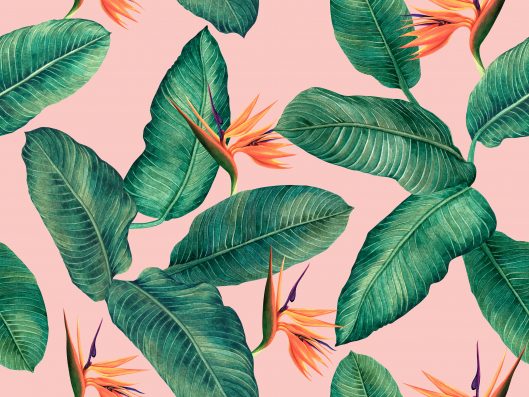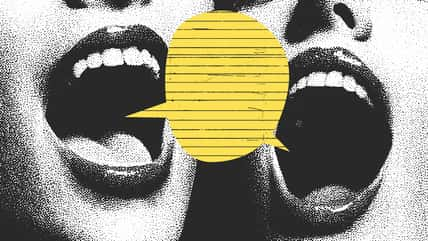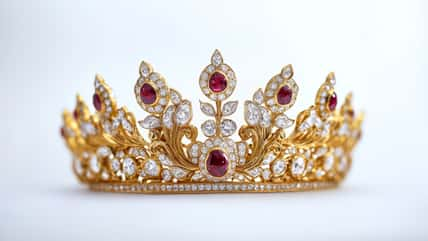During The Eighteenth Century, She Created A Successful Plant Reference Book That Made Her Enough Money To Get Her Husband Out Of Jail And Pay Off Her Family’s Debts

Botany, or the scientific study of plants, is a fascinating subject. Nowadays, plenty of women become botanists and excel in the field.
In the 18th century, women were allowed to pursue an interest in botany but often weren’t permitted or were encouraged not to look to it for a professional, scientific career.
However, women like Elizabeth Blackwell chose to push beyond those boundaries and prove that women were just as capable of becoming great botanists as men.
Elizabeth was born in Scotland around 1700. Growing up, she received a thorough education in art, music, and language. She married her cousin, Alexander Blackwell, while he was studying medicine at college.
Not long after marrying, she and Alexander moved to London, where he began a career in printing. He started as a proofreader in a printing house but then opened his own printing house around 1730 before serving a required apprenticeship.
Alexander’s career qualifications were eventually questioned, and he was imprisoned after failing to pay some fines.
At this point, Elizabeth had given birth to a child and was left to take care of her family on her own. She decided to hone in on her skills as an artist and pursue an interest in botany.
While figuring out how she could make money, Elizabeth realized there were no updated reference books on plants that had been recently discovered in North and South America, so she wanted to make it happen.
She received help from Alexander while he was in prison and used his medical knowledge of plants as well as the Worshipful Society of Apothecaries and other doctors to write and illustrate her book, “A Curious Herbal, containing five hundred cuts of the most useful plants which are now used in the Practise of Physick, to which is added a short description of ye plants and their common uses in Physick,” which was published in several volumes between 1737 and 1739.

nongnuch_l – stock.adobe.com – illustrative purposes only
Elizabeth drew around 500 images and marketed the book on her own by writing promotional journals and informing people by word of mouth.
The book was a success and earned Elizabeth enough money to pay off her family’s debts and get Alexander out of jail.
Unfortunately, Alexander’s failed business endeavors did not stop there, and in 1747, he was executed for conspiracy against the Crown, and Elizabeth’s publication rights were sold to cover more debts.
Little is known about Elizabeth’s later years and her life after the death of her husband. Some say she trained as a midwife and continued to work hard to support her family.
This is why she is often overlooked for her historical work as a woman during the 18th century, but after she died in 1758, she was listed on a commemorative plaque at Chelsea Old Church for her efforts.
Had you ever heard of Elizabeth Blackwell and her work before now?
Sign up for Chip Chick’s newsletter and get stories like this delivered to your inbox.
More About:Chicks We Love





